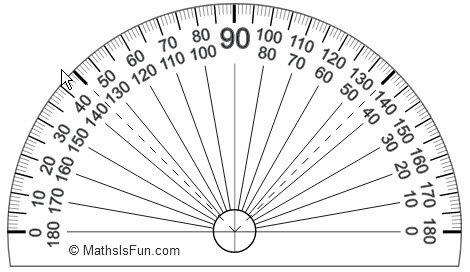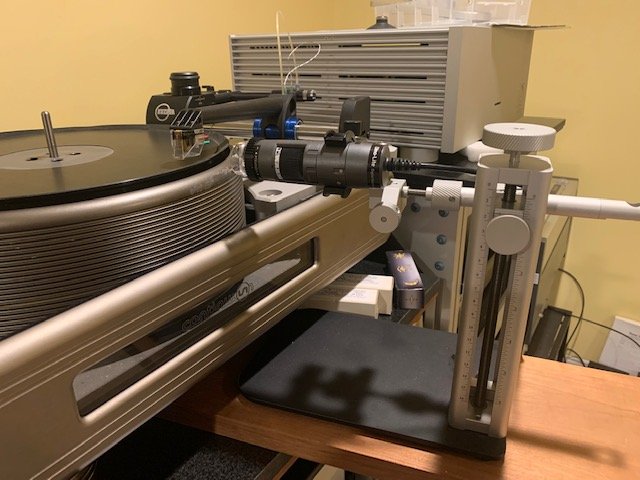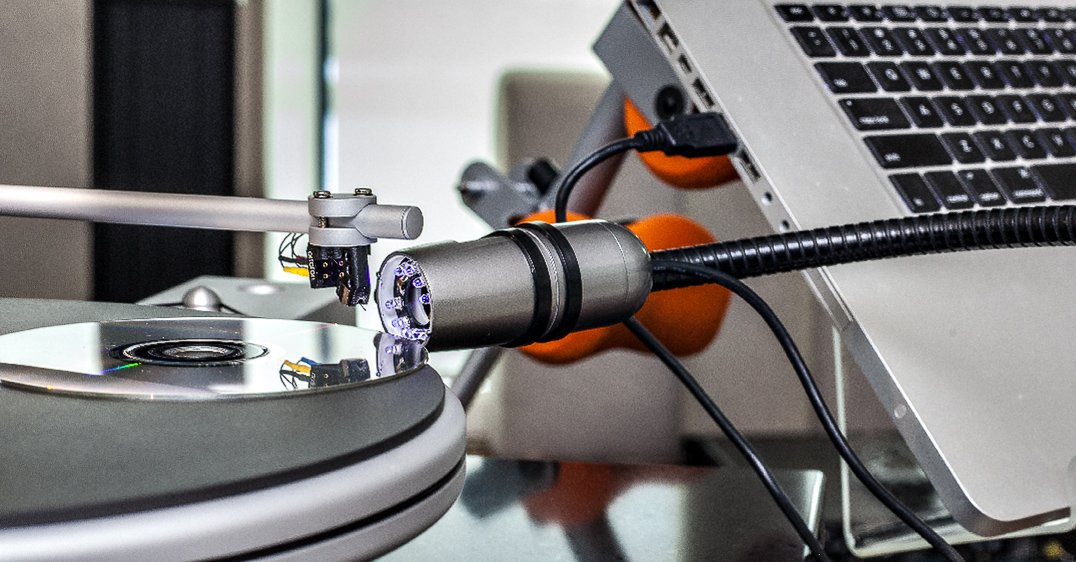Wow, I walked away and this conversation took off. I didn't get any emails advising any activity was going on and just happened to drop in today to refer to something and noticed you guys having a RESPECTFUL conversation which makes it easy for me to re-engage. THANK YOU!
Some quick points are all I have time for:
1. Absolutely True: analog alignment principles that were established decades ago are still the ONLY and best way to ensure proper static and dynamic relationships between the groove and the equipment meant to mechanically extract the information from those grooves.
2. WallyTools contributions have not been original, they have only offered the tools and methodology to maximize the accuracy of the setup given what has long been known about the geometry and physics of analog playback. The "new record collection" arcs on the WallyTractor are still Leofgren and Baerwald formulas, but have been "updated" based upon the increasing innermost groove radius on records produced after 1990.
3. Conical and elliptical stylus profiles will NOT benefit nearly as much from fine attention to setup parameters. Fine minor radius stylii DEMAND fine attention to setup.
4. I agree that Michael's approach to measuring SRA with a USB microscope as taught to him by Wally carries some risks to accuracy which is exactly why I am developing the WallySRA. I have scrapped the original design which was a vice-like jig that the cartridge is mounted into as I could not repeatedly get at least 0.05mm tolerance on cartridge height. I am moving to another type of jig. However, the WallyZenith has my attention right now as at least 60% of the cartridges I analyze have a zenith error of greater than 1%. When aligned correctly, the sonic results are not subtle. Look for more on this from Fremer.
5. I continue to encourage use of Fremer's method of measuring SRA but with some further suggestions. First, make life easy on yourself and CONTROL the XYZ axes. Get a XY stage like this:
https://www.supereyes-store.com/col...and-for-digital-microscope-endoscope-otoscope to put your Z axis microscope holder on. A Z axis holder looks like this:
https://www.dinolite.us/en/products/accessories/dino-lite-stands/ms34b-r2. Just make sure you get one where you can rotate the collar that holds the scope by 90 degrees - I'm not SURE this one offers that ability but I know others do. Here is one for the otoscope style scopes (which have an advantage in their small diameter) which definitely does offer a rotation:
https://www.supereyes-store.com/collections/new/products/z009-fine-focus-stand
6. BE SURE to have the stylus as close as possible to the edge of the platform it is resting upon so that the platform edge can be in focus and used as a reference against which the stylus angles are drawn.
7. Shibata and SoundSmith "Optimized" Line Contact stylii cannot be determined for SRA using the same calculation as the contact edges are NOT parallel to the shank. You need about 400x magnification to see the contact edge on these profiles and you need to get the illumination right.
8. It is best to have a contrasting color behind your stylus. A white piece of paper will do. Keep it close as possible to the stylus. Cut a very narrow strip of paper 2" long and 1-2mm wide. Bend it and it will lay on edge. Move it into position behind the stylus. Use your white balance function on your camera software to get the colors and contrast popping. Try illuminating from the back or back-side.
9. Make sure the stylus platform is at record height and, dear God, please make sure you have your VTF dialed in and your anti-skate OFF.
SELF PROMOTION WARNING à la MISTER T.: I pity the fool who don't use a WallySkater and has no idea their tonearm has internal horizontal forces pushing the cantilever!
10. Understand the importance of perpendicularity between cantilever and camera. Study this drawing:
https://www.analogplanet.com/content/another-angle-digital-can-worms. Without the WallySRA I do not have a solution for you on this one other than "do your best".
11. Whether recording engineers realize or not, cutterheads at obtuse angles greater than 90 degrees (which they MUST be to avoid crushing the chip back onto the lacquer surface) are subject to downward vector forces. I go into this in WallySchool! Blog. Such vector forces get stronger the greater the angle increases past 90 degrees. The vector forces FIGHT the lathe motor and cause a loss of efficiency. Loss of efficiency means what the cutterhead is being asked to carve into the lacquer won't be exactly what it cuts. Read: distortion. We have to trust our engineers to get this right but we can safely assume some records will be cut at 91 and some at 93 and so on. I am not a proponent of adjusting all the time for every record - even for record thickness. Let's get our angles as accurate as possible and then simply enjoy the music and not obsess.
12. The maximum difference between the thinnest and thickest record is 1.2mm. For a 9" tonearm, that is about a 0.3 degrees variation in SRA. Less for longer arms. In my experience, this figure is at the limit of perceptibility and I don't worry about it. Besides, most of my records aren't the "thinnest" and most of them aren't the "thickest" but are somewhere in between. As Wally would say, "FINE!! Now enjoy analog."
13. Changing tonearm height also changes azimuth. There is no escaping this except on non-pivoted linear tonearms. If you insist on setting SRA by ear, you will need to change azimuth with your tonearm height changes. Use this calculator for that sisyphean effort:
https://www.wallyanalog.com/sra-impact-to-azimuth-calculator. You will also need to adjust your VTF with tonearm height changes since most tonearms are not neutral balanced. Wally calculated that on the Kuzma 4Point tonearm, if you have a cartridge with 35µm/mN compliance, tonearm height changes will NOT IMPACT SRA AT ALL! Granted, 35µm/mN is very compliant, but you get the idea.
14. I have mentioned that I am NOT a fan of multivariate testing as it is more difficult, doesn't reveal construction flaws and, by definition, doesn't allow you to measure the parameter of interest DIRECTLY. However, if you can be assured that the other parameters ARE setup perfectly, then you remove the latter concern in ONE setup parameter only. I'm going to stay mum on what this parameter is for now until I can give you the solution. I am still putting this hypothesis through its paces. Sorry for the tease - but not really. ;-)
15. To Tima at #210. Your photo is taken too high relative to the stylus platform. Get that camera down so that the platform edge is taking up the bottom 1/3 to 1/2 of the photo frame and you see very, very little to none of the top surface of the platform. You can use the edge of the platform as a more reliable level reference for your angle measurements. Do this and your SRA reading will change.
16. I have the luxury of hearing many very high end cartridges due to my analysis work. With the shims I make for each one that compensate for SRA and azimuth, I can quickly listen to what the cartridge sounds like at ideal SRA/azimuth/zenith and at level headshell reference. However, without knowing where "perfect" alignment for a given cartridge is many audiophiles go about their analysis by ear. We tend to stop ourselves when the tonearm looks like it is tilted too much one way or the other, not believing "ideal" could be so far off. When we remain less than enthused with the results, either we declare the cartridge unworthy or we look to compensate for the sonic issues elsewhere in the system. Imagine if our native SRA is 96 degrees and, starting from a level headshell, we lower the arm until it can't go down any further. Let's say that SRA value is now 94.5 degrees. We can see the tonearm is visibly tilted and declare that this is as good as it gets. We listen and feel that things are still a bit bright sounding and the bass isn't as full as it could be so we begin treating reflection spots in the room and moving the speakers around to gain a bass boost. I think we have ALL done this unknowingly at some time or another in our analog efforts - compensate for an inadequate analog setup with systemic changes. So, I tell my customers that once their cartridge is setup to angular perfection and they are unsatisfied that they are likely to have systemic issues that the new alignment has revealed. This is a warning I give them, but no one so far has reported back anything other than being pleasantly surprised by the improvements angular perfection offers.
17. I have attached my most recent cartridge analysis report. As you can see, this cartridge should be returned to the manufacturer for repair or replacement. I have redacted the owner's name and the name of the cartridge as I do not wish to make enemies by publicly "outing" them. This cartridge costs $7,000. There is NO WAY any tonearm could adjust for the stylus mount error in SRA and, unless you have one of my prototype WallyZeniths, there is no way to compensate for the zenith error. I have made a custom shim for this cartridge with very high-density material and have listened to it "corrected" on all parameters and it does sound great, but no one should have to go through this to get the most out of the cartridge!
I hope that helps. So much for my "quick points"!








